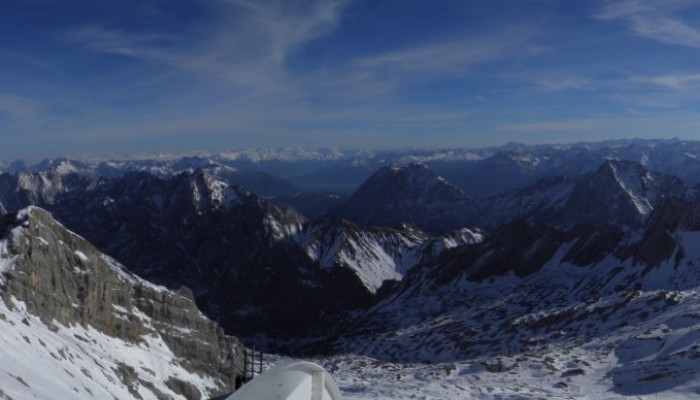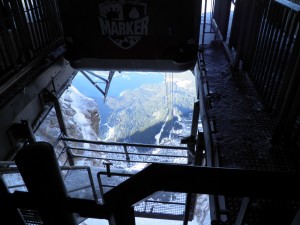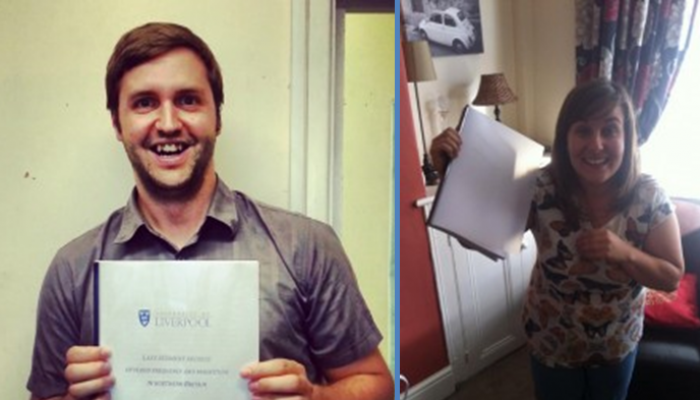One piece of advice that Early Career Researchers (certainly including PhD students) encounter repeatedly is this concept of ‘developing academic networks’ that may potentially lead to collaborative research and ideally a job in the future. I often wondered what on earth that actually meant when I started my PhD. Attending conferences and speaking to colleagues is certainly fun, interesting and inspiring, but I think the ‘sciencey’ part of my brain wanted to see some tangible data or real-world examples of networking leading to further opportunities.
Well, off the back of my attendance at a series of conferences and workshops, I’ve recently become involved in a new Working Group called Aquatic Transitions that is funded by PAGES (Past Global Changes) and led by Professor Peter Gell at Ballarat University, Australia. This short post is mostly a description of my first-hand experience – how did the ‘network’ form, how did I get involved? – and it’s also an advertisement because you can join the mail list here! if it seems of interest!






